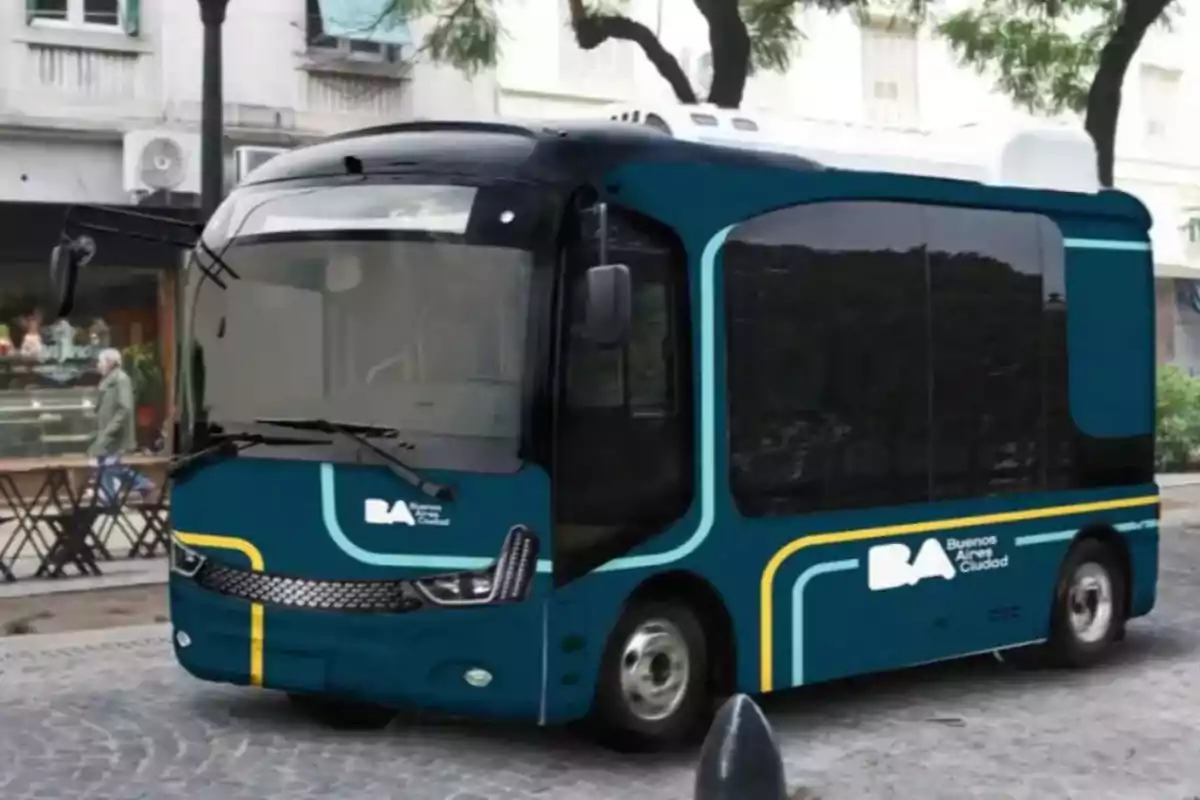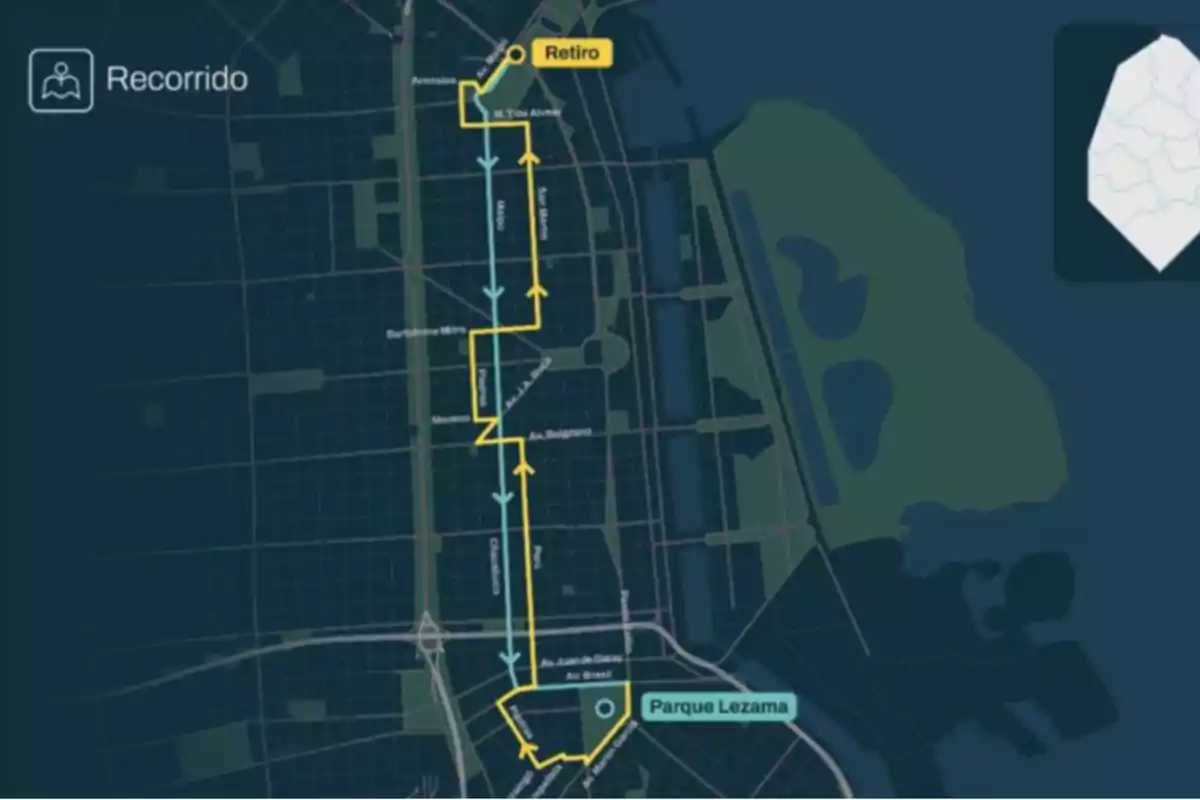
The 12 electric buses have arrived: they cost 3,500 million and will be driven by women
Macri's government sells the project as an example of 'public transportation with a gender perspective.'
The City of Buenos Aires received 12 electric minibuses from China to connect Retiro with Parque Lezama. These units, with a capacity for 24 passengers (13 seated and 11 standing), will circulate at only 12 km/h (7.5 mph) as a maximum speed.
The Buenos Aires Government highlights that they will be driven by female drivers specially trained through scholarships from the Subsecretariat of Women, in a program that supposedly seeks "gender equity" in transportation.
Million-dollar expenditure with limited route
The official plan involved a tender of $3500 million for 12 electric minibuses, which means almost $300 million per unit for 24 passengers. Each bus comes with a low floor and basic safety features.
The first planned route covers just 12.3 km (7.6 miles) between Retiro and La Boca, with 36 stops along some central avenues. In this scenario, it's no coincidence that critics see it as a mere costly "tourist ride": a waste in the name of urban ecology that barely rivals the circuit of an electric bicycle.

Gender agenda in public transportation
The Government sells the project as an example of "public transportation with a gender perspective", as the 12 selected female drivers received scholarships to obtain professional licenses.
Previous failures with electric buses in the City of Buenos Aires
Electoral backgrounds further cloud the outlook. In 2016, the City tendered the purchase of 400 electric buses, an ambitious plan that was ultimately shelved. Three years later, a pilot test was attempted with 8 units on several Buenos Aires lines (12, 34, 39, and 59).
The result was meager: only two minibuses circulated on line 59 for a year, and then they were withdrawn due to operational problems. Today, the only electric bus in service is on line 28, a bus locally manufactured with parts imported from the United Kingdom.
Utility in question: will it be viable in the future?
Beyond the media start, doubts persist about whether this service will survive the initial thermometer. The GCBA promises to monitor performance and extend the route to Caminito (La Boca) depending on public response. However, the limited speed and schedule bolster suspicions that the minibuses could become a fleeting memory.
Will investing so many resources in such a reductionist system have continuity once the initial novelty is overcome? The question lingers: is it a transitory whim of the Buenos Aires administration, or will it manage to establish itself as a real contribution to transportation? For now, skeptics believe its future is in doubt, very much in line with other ephemeral initiatives promoted by the local government.
More posts: